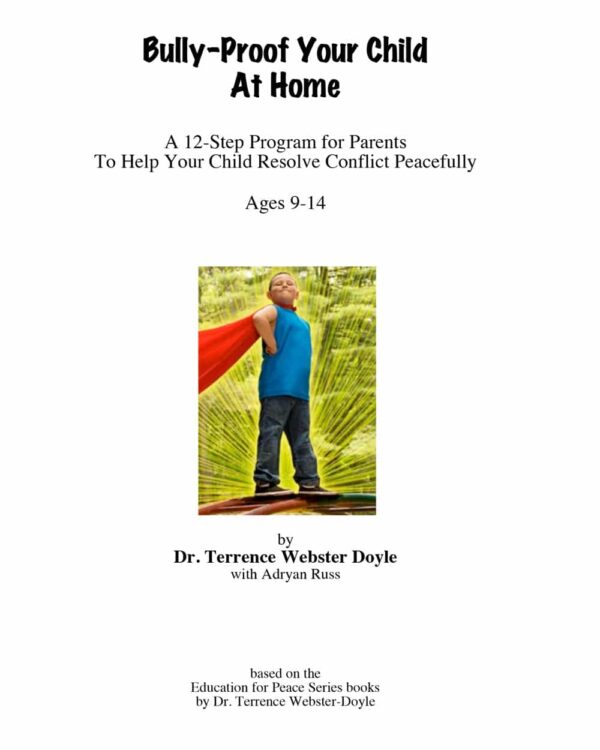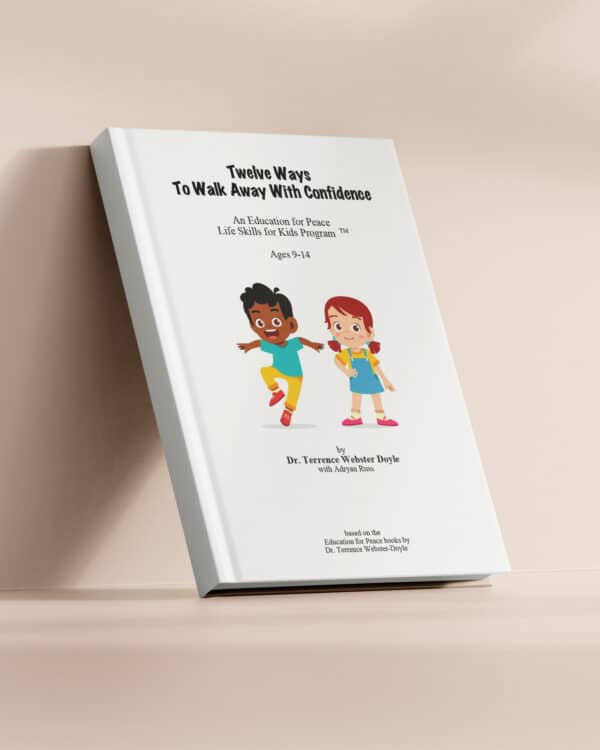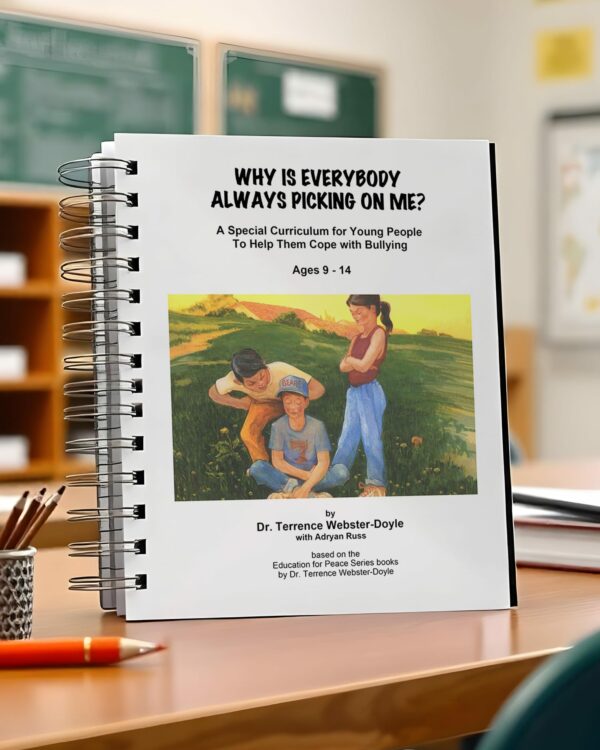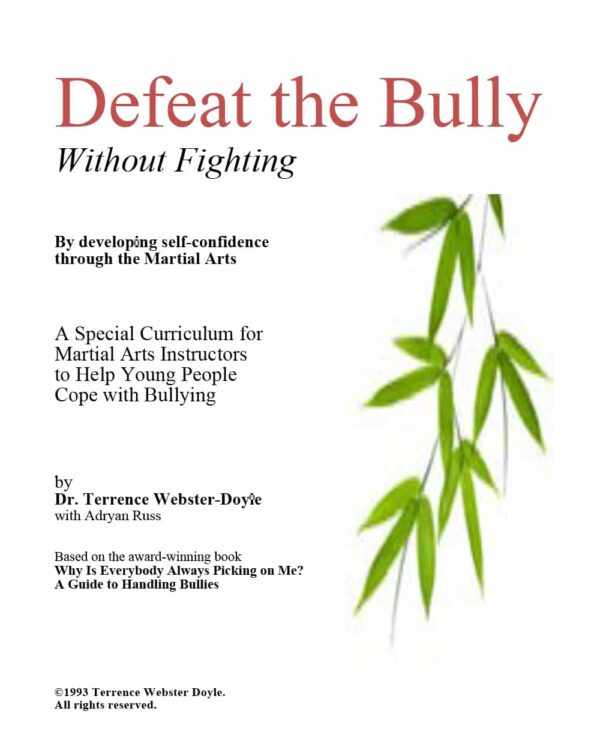The Roles We Play in Life and How They Impact Bullying
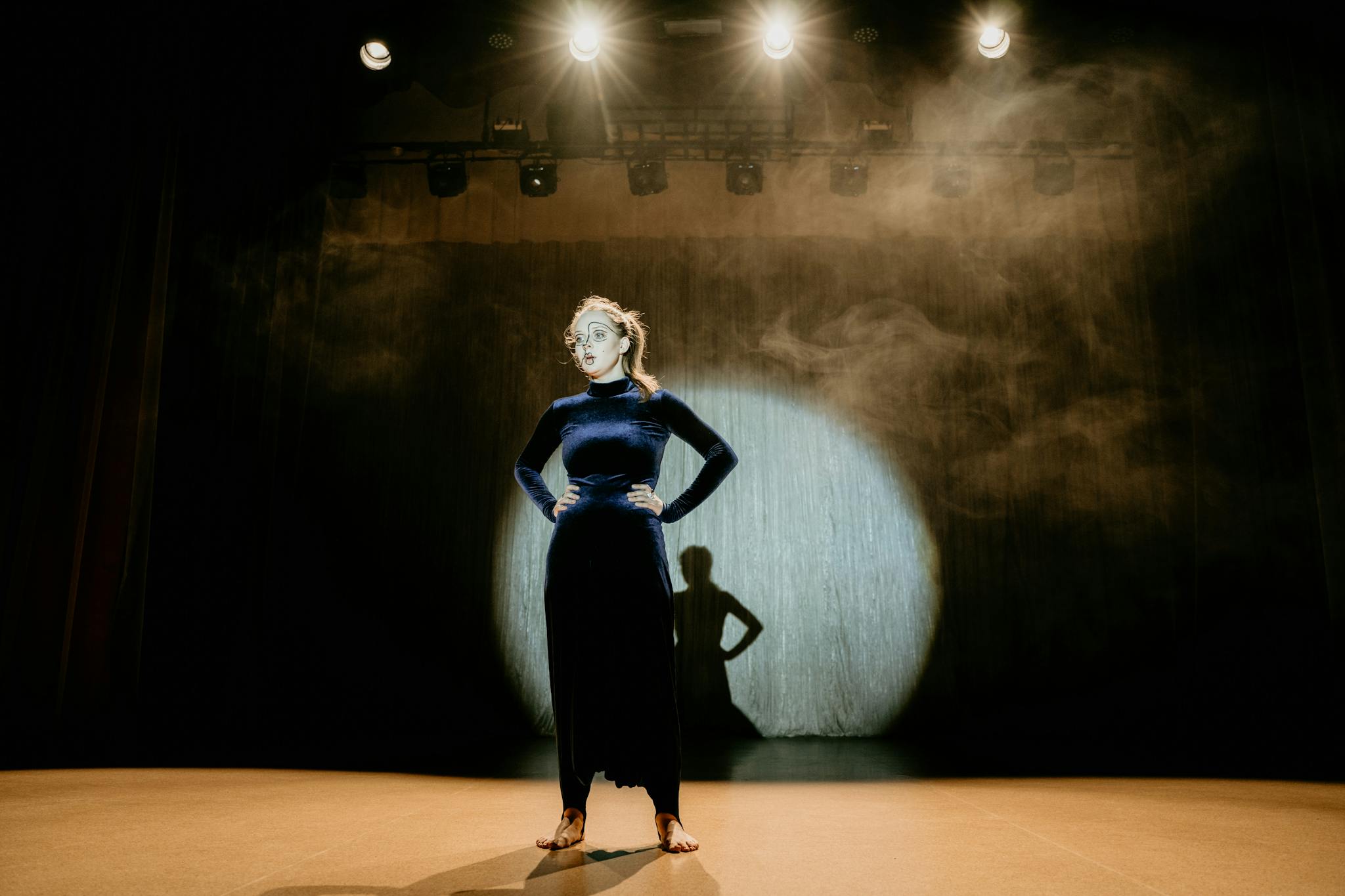
In life, we all play different roles, kind of like actors on a stage. Actors follow a script to bring a character to life and we do something similar by stepping into different roles depending on the situation.
Some roles are intentional, we choose them and know we’re playing them, but others happen without us even realizing it. These unconscious roles influence how we act and connect with others, and they’re closely tied to bullying dynamics.
When we understand these roles, we can start making better choices.
Curious to learn more about how the roles we play shape bullying dynamics? This article draws from our Why Is Everybody Always Picking On Me? curriculum which offers practical insights and tools to help kids, parents, and educators break the cycle of bullying.
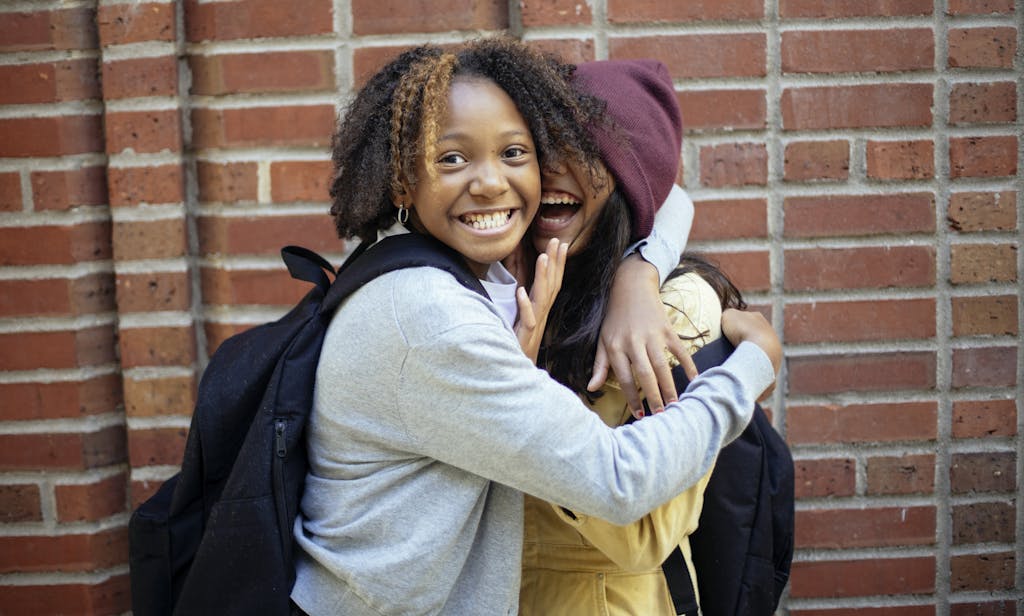
The Roles We Consciously Choose
Some roles are ones we’re fully aware of, like being a student, a sibling, or a teammate. These roles are tied to our responsibilities and identity. For example, a student’s role might involve learning, participating in class, and finishing assignments. A sibling might take on the role of a protector or advisor.
Ask yourself: Are you always perfect and well-behaved? If the answer is no, but you feel like you need to pretend to be, that’s playing a role.
Even as adults, we step into many roles, such as teachers, firefighters, doctors, or parents. These roles are purposeful and intentional. We know we’re playing them and we usually work hard to fulfill them.
These roles are often positive and help us grow. But even conscious roles can cause harm if misused. A student leader might exclude others or a teammate might criticize someone to stay in the spotlight.
The key is recognizing the power of these roles and using them to support others, not hurt them.
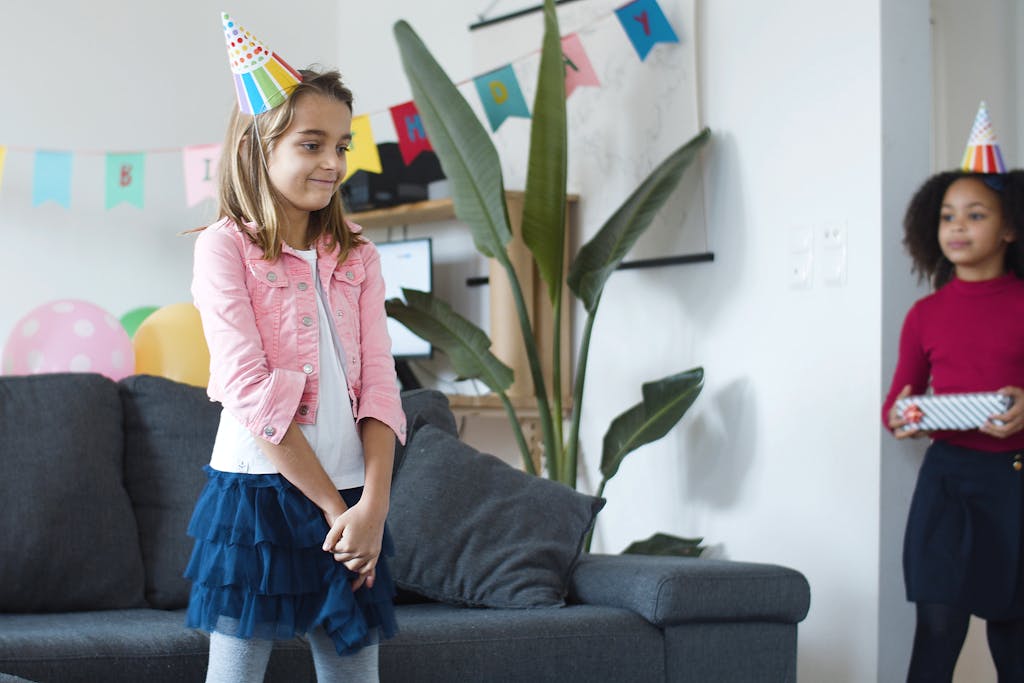
The Roles We Don’t Realize We’re Playing
Not all roles are intentional. Some are taken on unconsciously because of how others treat us or how we see ourselves fitting into a group.
For example, a shy child might be labeled “the quiet one” even if they want to speak up. A student struggling in class might feel stuck as “the lazy one” or “the dumb one.” These roles can limit potential and make it harder to break free from others’ expectations.
Bullying often targets these unconscious roles. Someone labeled “the quiet one” might be picked on because they’re seen as an easy target. A child called “the troublemaker” might act out even more because it’s what people expect.
These roles make bullying easier, but also make it harder to stop.
Anti-Bullying Resources
Why We Take On Unconscious Roles
Fear and the need to protect ourselves often push us into unconscious roles.
A child afraid of failing at school might act like grades don’t matter to them. Someone scared of rejection might stay quiet and become “the shy one.”
These roles can act as shields, but they also box us in and shape how we see ourselves and how others treat us.
In bullying, fear drives both the bully and the victim. A bully might act tough to hide their insecurities, while a victim might feel powerless because they believe they have no control. In many cases, bullies are also victims and they lash out to protect themselves.
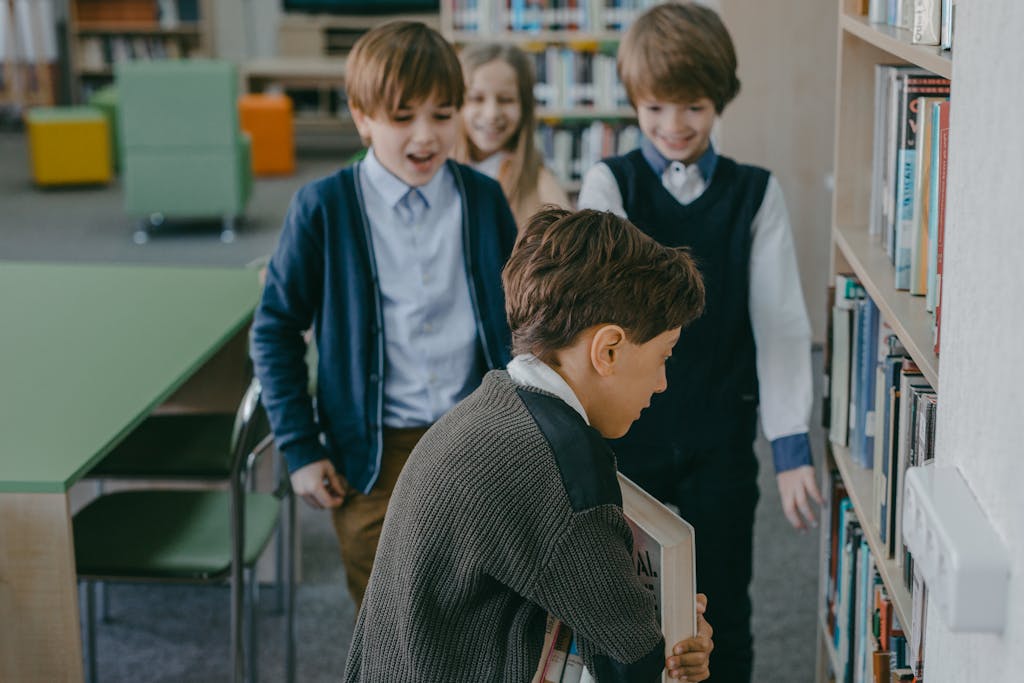
The Roles We Play in Bullying
Roles play a big part in how bullying happens. Here’s how they often show up:
The Bully: Bullies take on a dominant role to feel safe. They act tough or intimidating because they’re scared of being hurt. This behavior often stems from their own experiences of being victims.
The Victim: Victims feel stuck in roles like “the weak one” or “the quiet one” which makes them feel powerless and isolated. These roles are often unconscious attempts to protect themselves.
The Bystander: Some bystanders stay silent out of fear, while others might join in to avoid becoming targets. But bystanders have the power to shift dynamics if they choose to act as allies.
The Ally: Allies step in to stop bullying or support the person being targeted. They show that kindness and fairness can break the cycle of bullying.
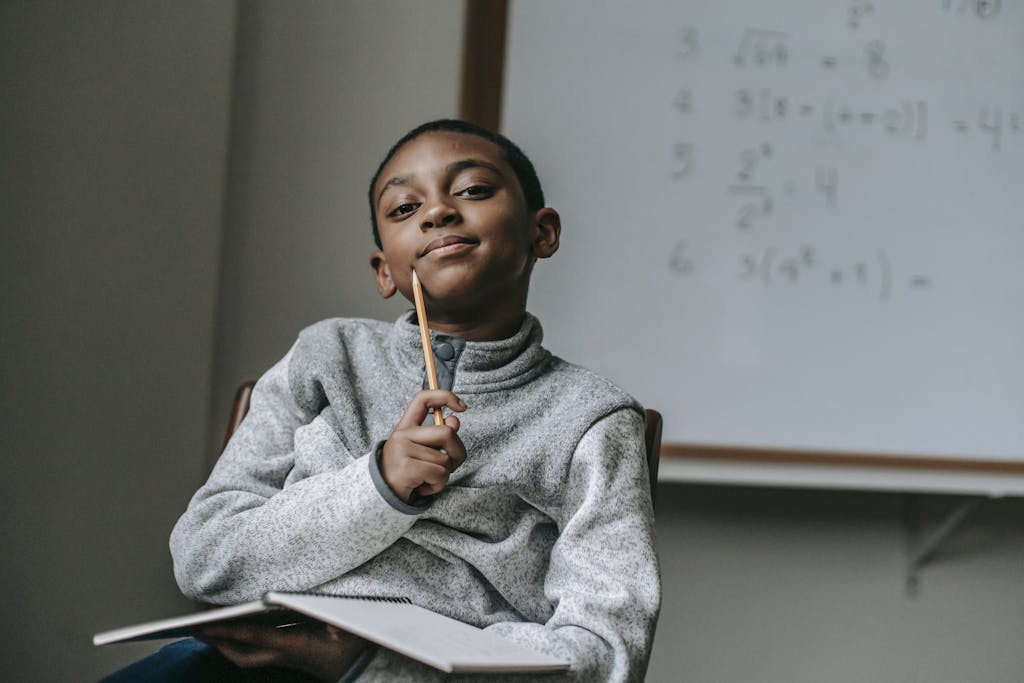
Can Roles Change?
The roles we play aren’t set in stone. They can shift depending on the situation.
A confident child at home might feel unsure at school. A leader in one setting might step back in another. This flexibility is powerful because it means no one is stuck in a harmful role. A bully can learn to be kind. A victim can find their voice. A bystander can become an ally.
Recognizing this flexibility helps tackle bullying. When people see that roles aren’t permanent, they can make choices to move into healthier, more positive roles.
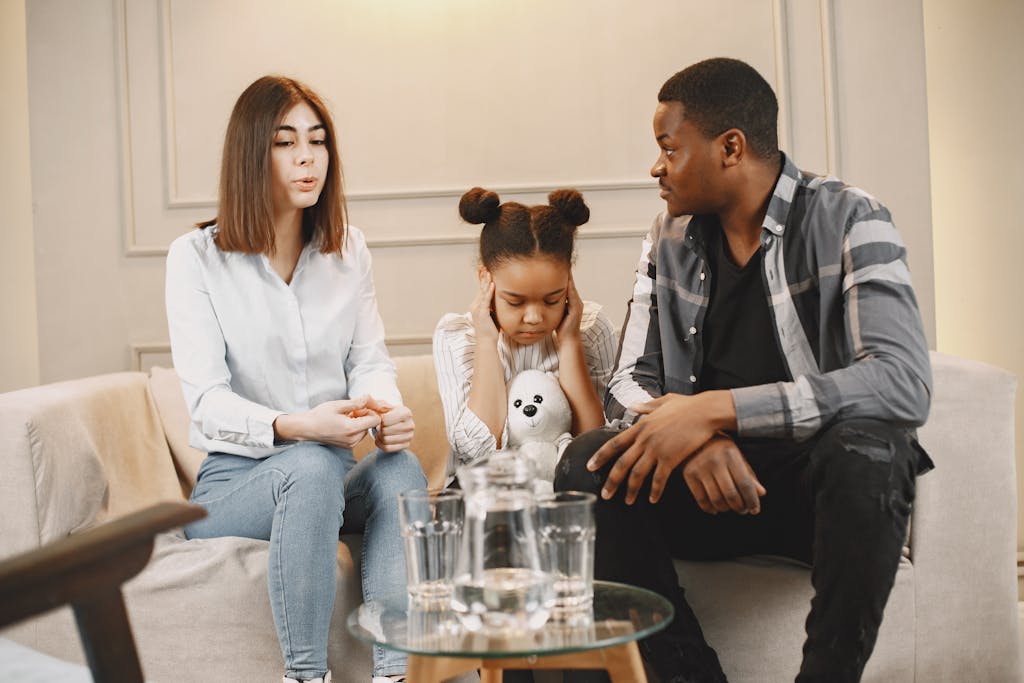
How Adults Can Help Kids Understand Roles
Parents and teachers play a key role in helping kids reflect on the roles they play. Here’s how they can help:
Ask Questions. Help kids think about their roles by asking questions like, “What roles do you play at school or home?” and “Are there roles you’d like to change?”
Talk About Fear. Explain how fear often drives roles like “bully” or “victim.” When kids understand this, they’re more likely to empathize with others.
Challenge Labels. Avoid labeling kids as “shy” or “troublemakers.” Focus on their actions, not their identity, to help them see new possibilities for themselves.
Promote Positive Roles. Encourage kids to step into roles that reflect their strengths, like helping others or standing up for what’s right.
Create Opportunities for Change. Give kids chances to try new roles, like practicing leadership or speaking up in a supportive setting.
Breaking the Cycle of Bullying
Understanding roles is a powerful tool in bullying prevention. When kids see that roles like “bully” and “victim” are often unconscious and driven by fear, they can begin to approach others with understanding.
Recognizing that a bully is often a victim in disguise helps reduce the anger and frustration that bullying creates. Instead of reacting with blame, kids and adults can work together to address the root causes of these behaviors.
When kids understand that roles can change, they feel empowered to make better choices. When we understand that roles can change, we take the first step toward breaking the cycle of bullying.
Want to dive deeper into understanding the roles we play and how they shape bullying dynamics? This article is inspired by our Why Is Everybody Always Picking On Me? curriculum. It’s packed with practical insights and tools to help kids, parents, and educators break the cycle of bullying.
